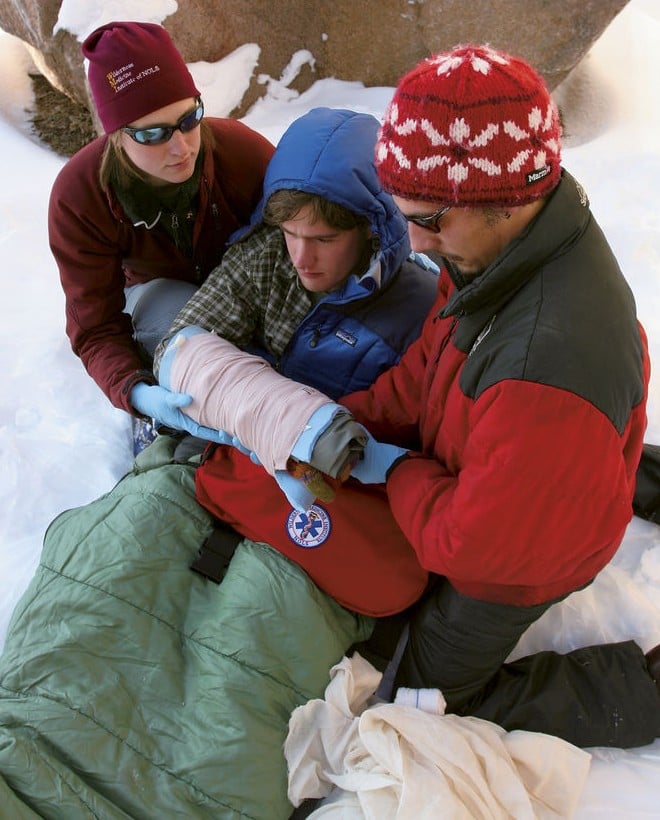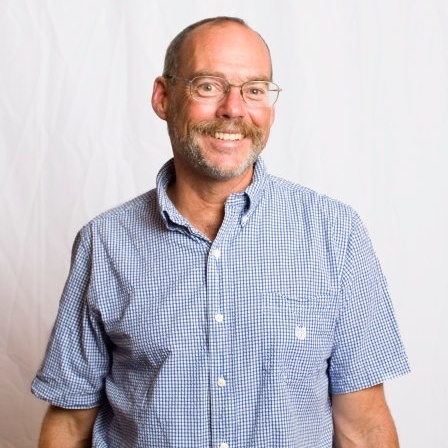 WMI students engage in patient care. Photo by Brad Christensen
WMI students engage in patient care. Photo by Brad ChristensenAs an ambulance EMT, I make an assessment, provide necessary treatment, and, in most cases, transport the patient. I rarely make a decision whether or not the patient needs to see the doctor.
Yet in the wilderness this may be my decision to make. My judgment can affect the patient’s health, the safety of my expedition members, and the quality and success of our planned journey or climb. This is an understated difference between urban and wilderness medicine, especially for those of us whose experience and expertise lies in outdoor practices, not practicing medicine.
We may be well trained as WFRs or WEMTs, but our actual patient care experience is often limited. The decisions we may have to make can range from the critical (whether to evacuate someone with a belly ache), to the commonplace (whether to bandage a blister).
Pre-hospital medical courses rarely have a component addressing how decisions are made, or the elusive yet critical asset of good “clinical judgment.” I find it a fascinating area of study and have gathered some thoughts in an article on medical decision-making.
Test your own decision-making systems by reading this case study from WMI.
If you’re interested in this topic, you will find “How Doctors Think” by Jerome Groopman M.D. (Houghton Mifflin, 2007) a very readable presentation of how medical decisions are made. In contrast to the seductive power of intuition made popular by Malcolm Gladwell’s “Blink”, Groopman presents a contrasting view with old-fashioned virtues of careful, deliberate, and systematic thinking – a decision-making process that can serve us well when we use our judgment in the wilderness.
Written By
Tod Schimelpfenig
As a NOLS Instructor since 1973 and a WEMT, volunteer EMT on ambulance and search and rescue squads since the 70s, Tod Schimelpfenig has extensive experience with wilderness risk management. He has used this valuable experience to conduct safety reviews as well as serve as the NOLS Risk Management Director for eight years, the NOLS Rocky Mountain Director for six years, and three years on the board of directors of the Wilderness Medical Society, where he received the WMS Warren Bowman Award for lifetime contribution to the field of wilderness medicine. Tod is the founder of the Wilderness Risk Manager’s Committee, has spoken at numerous conferences on pre-hospital and wilderness medicine, including the Australian National Conference on Risk Management in Outdoor Recreation, and has taught wilderness medicine around the world. He has written numerous articles on educational program, risk management and wilderness medicine topics, and currently reviews articles for the Journal of Wilderness and Environmental Medicine. Additionally, he is the author of NOLS Wilderness Medicine and co-author of Risk Management for Outdoor Leaders, as well as multiple articles regarding wilderness medicine. Tod is the retired curriculum director for NOLS Wilderness Medicine and is an active wilderness medicine instructor



